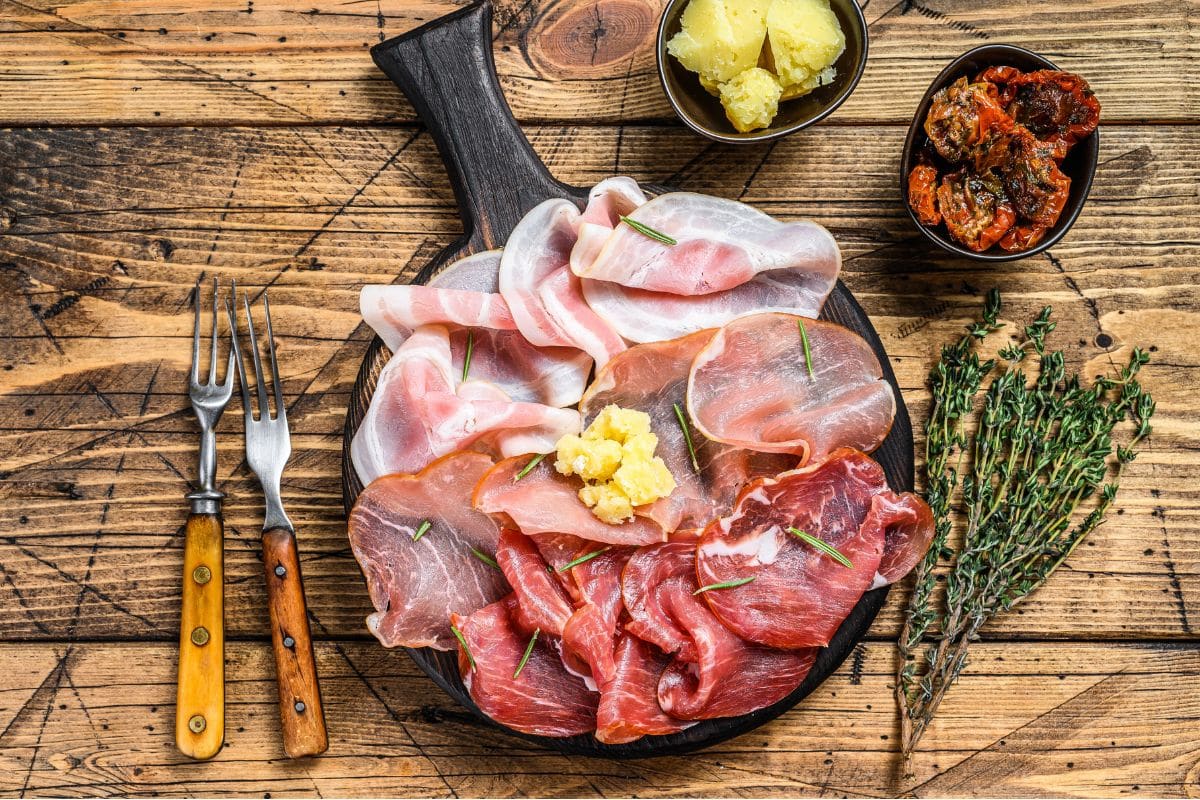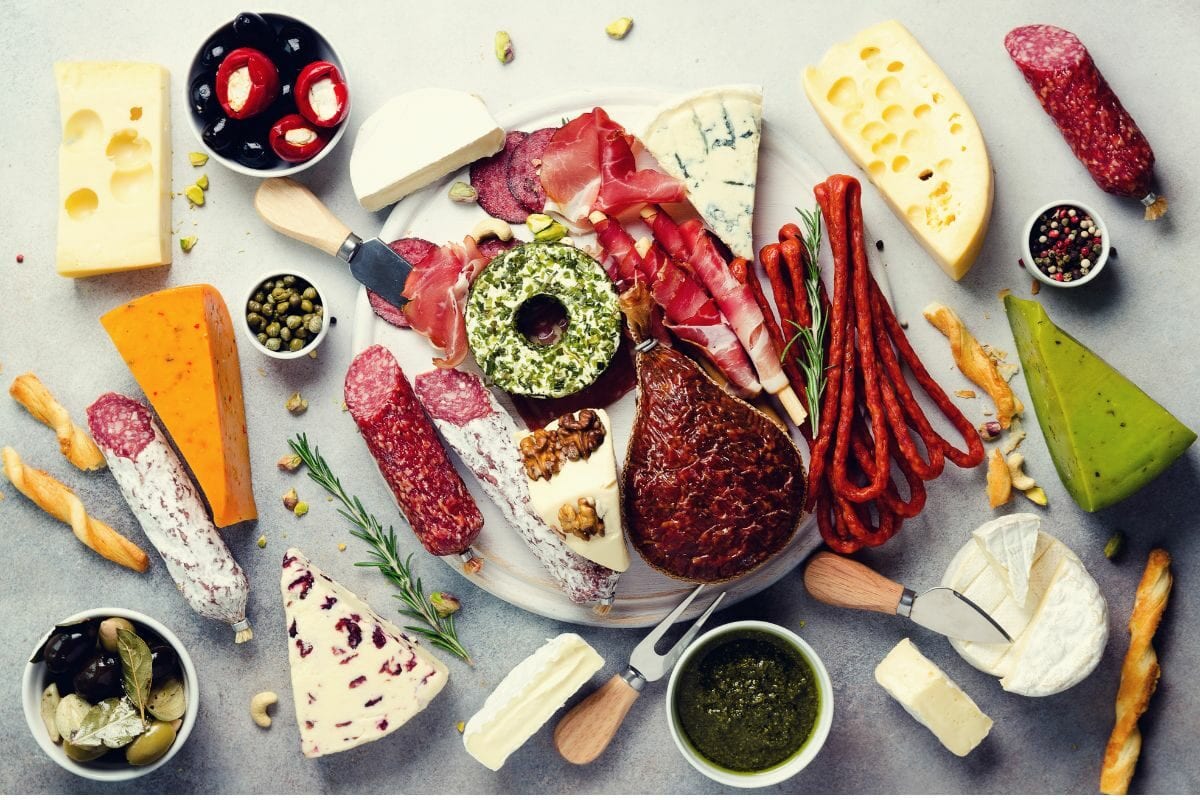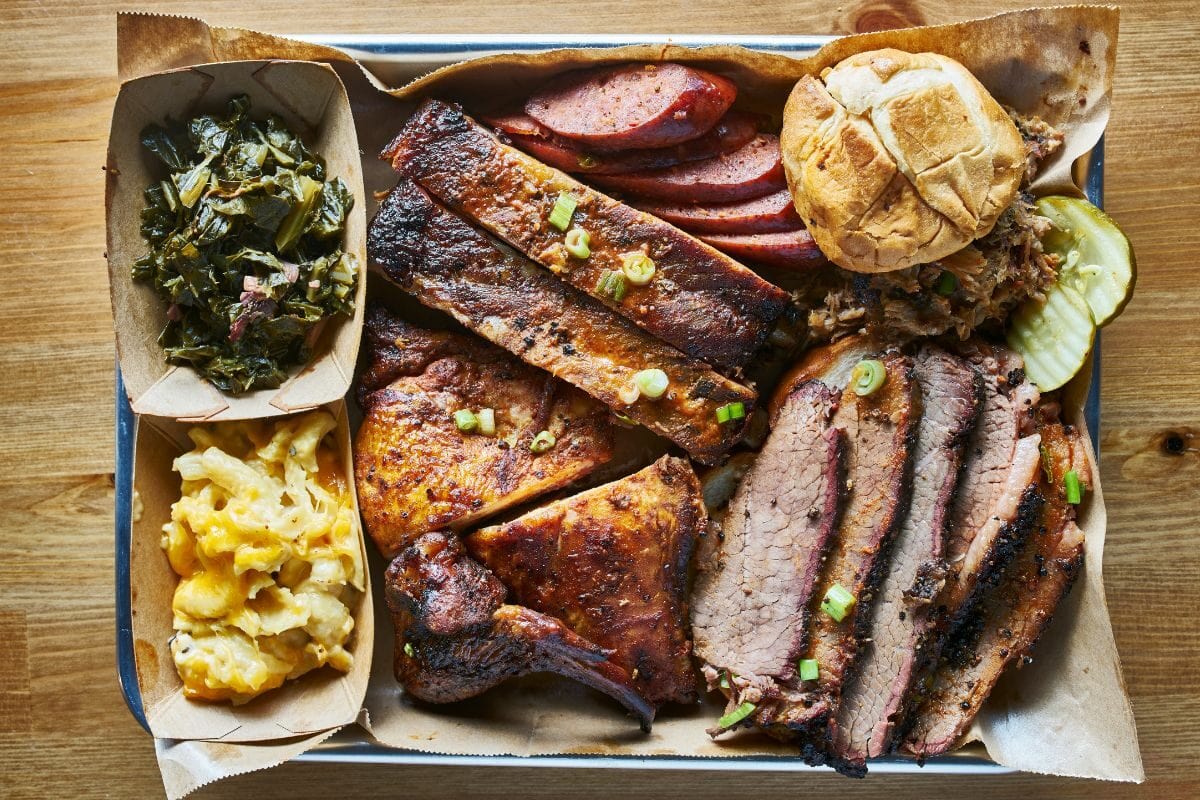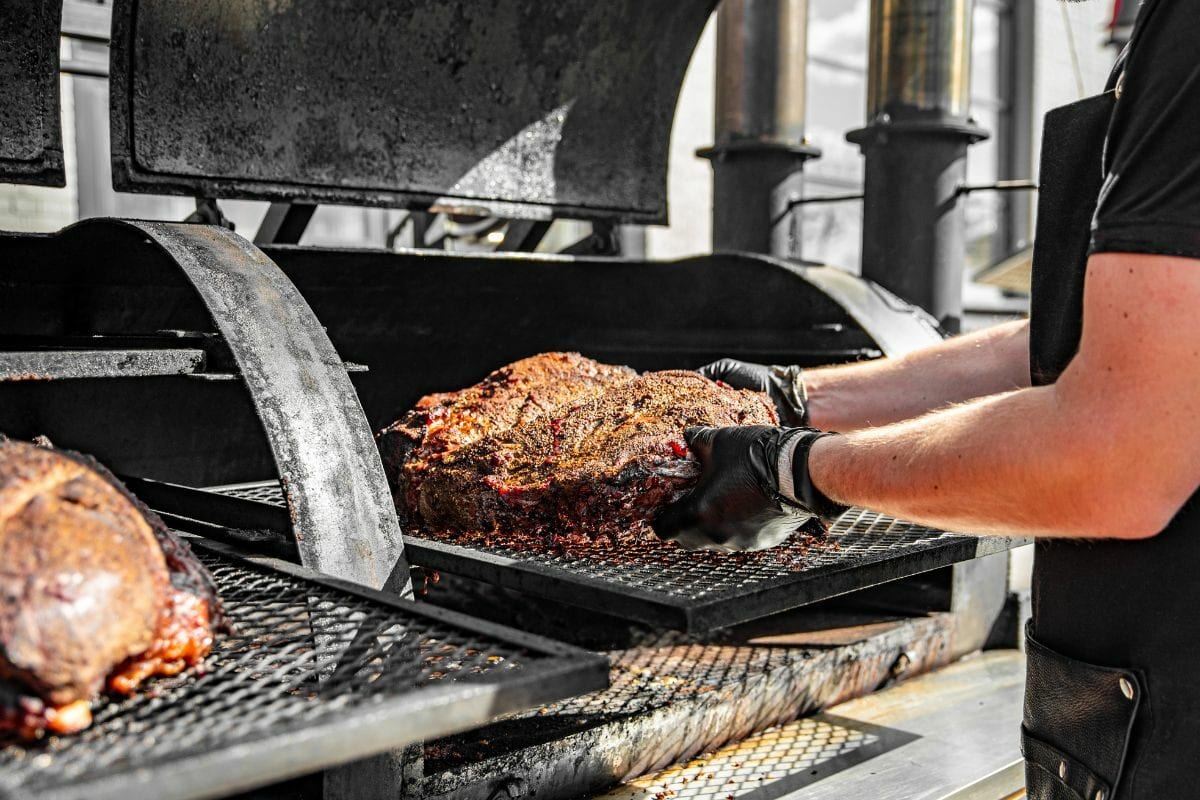Cold smoking involves smoking food at low temperatures of around 90F to preserve food, while hot smoking involves smoking foods at higher temperatures of over 190F in order to cook them.
I learned about both of these smoking techniques in cooking school and noticed some differences over the years of using them. Read on as I break down the pressing cold smoking vs. hot smoking question.

Hot and cold smoking differ in some distinct ways. Here I’ll highlight the main differences between these smoking techniques.
Differences | Cold Smoking | Hot Smoking |
Smoking Time | The smoking process can take a few days. | The smoking process typically takes less than a day. |
Smoking Temperature | Food is smoked at temperatures no higher than 90 degrees Fahrenheit. | Higher smoking temperatures that range between 190F and 300F |
Curing | Curing is required to stop the growth of bacteria. | Curing is not required. |
Purpose | Cold smoking is typically used to preserve food and extend its shelf life. | Hot smoking is usually used to cook food while adding a smoky flavor. |
Because of the higher smoking temperature, hot smoking generally takes less time than cold smoking. You can expect your hot-smoked meats to take less than a day, while cold-smoked meats can take several days.
Hot smoking occurs at temperatures ranging from 190 F to 300 F, while cold smoking is done at temperatures of 90 F or lower.
Because the cold-smoked food is cooked at temperatures around the danger zone, you must cure the meat beforehand to stop the growth of bacteria. The hot smoking method, on the other hand, does not require your food to be cured because you are cooking at high temperatures that already halt bacteria growth.
Cold smoking is essentially the process where cured meat is smoked on low heat, while hot smoking is the process where meat is cooked and smoked simultaneously. Cold smoking helps preserve foods for longer than hot smoking. Foods that are hot-smoked can usually be eaten right away.
The cold-smoking process involves curing food to extract its moisture to prevent the growth of bacteria before smoking it for added flavor. Cold-smoked salmon and meats such as salami are among the most popular cold-smoked foods.
Cold smoking, as you might expect, occurs at a lower temperature than hot smoking. Smoking usually takes place at around 90 °F, which is within the temperature range known as the “danger zone“—between 40 and 140 °F—where bacteria grow the fastest. This is why the initial curing process is so important in cold smoking. Salting or brining the food halts bacterial growth.
After the food has been cured, it must be exposed to smoke. Depending on the food you’re smoking, this usually entails placing the food in a box or chamber that is pumped with smoke for 12 to 48 hours.
You might not know this, but some foods are not suitable for both smoking methods and should only be used for one of them. Smoking any food product can be dangerous because bacteria can quickly grow on uncooked meat, which is why meat products must be cured before smoking. For this reason, cold smoking is best for low-risk foods, including:

Note: To reduce the risk of bacteria or parasites, always ensure that any meat, fish, or poultry has been cured before being cold-smoked. Cold smoking meat is safe as long as the proper procedures are followed and the smoker’s temperature is properly maintained.
The hot smoking process involves smoking food at temperatures ranging from 190°F to 300°F to infuse more complex flavors into the food. There are smokers designed for hot smoking, but a gas grill or charcoal grill can also be used.
The smoking process involves slowly burning wood chips or chunks so that they emit smoke and do not catch fire. The wood may be stored in a hot smoker box or chamber or can be spread directly on the grill’s coals, depending on the cooker you use. Hot smoking is also known as a “low and slow” method because it usually takes several hours because foods cook for longer at lower temperatures.
Hot smoking is ideal for beef briskets, ham, poultry, fish, and even oysters. Here are some of my favorite foods to smoke:

When selecting wood for cold and hot smoking meat, avoid conifers like redwood, pine, fir, cedar, or spruce. These trees contain a lot of terpenes and sap, which can make you sick. In addition, coniferous woods have an unsavory taste, except juniper, which you can add at the final stages of the smoking process for extra flavor.
In my experience, oak wood is the best for cold smoking, while alder is better for hot smoking. These woods burn quickly and produce a lot of smoke. Fruit woods, like apple wood, are also well-liked because they impart a unique sweet flavor and aroma to food.
The size and moisture content of the wood pieces are also vital factors in hot and cold smoking. Smoking wood chips can be used to thicken the smoke. I suggest using dry wood during the earlier stages of the smoking process. You can use slightly damp wood for the final smoking stage to keep the smoking box or chamber humid.
Let’s look at a few tips to help you consistently get the best results with these smoking techniques.

In conclusion, there are two types of smoking: cold smoking and hot smoking. Cold smoking meat is slower than hot smoking and can potentially take many days, but hot smoking is quicker and only takes a few hours. Moreover, cold smoking is primarily used for preservation purposes, while hot smoking cooks the food to make it ready to eat.